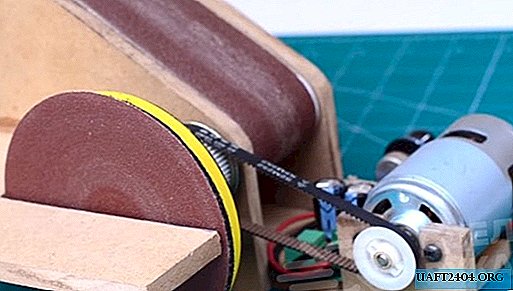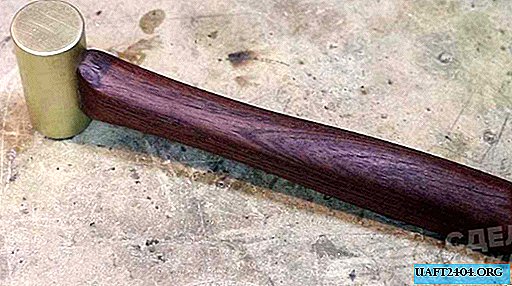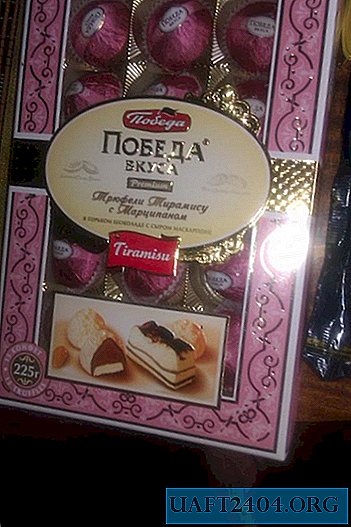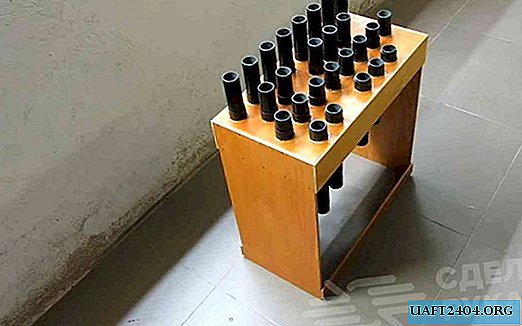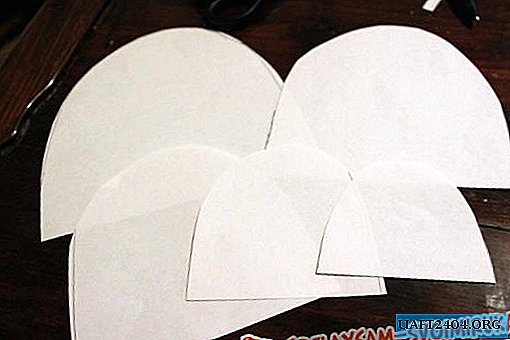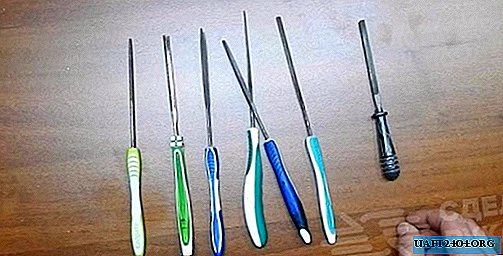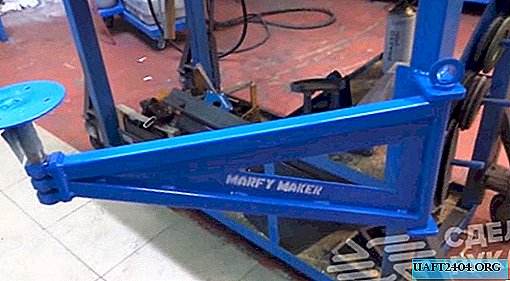Share
Pin
Tweet
Send
Share
Send
Ordinary pinkish-looking copper wires tear without problems, even after long periods of storage.
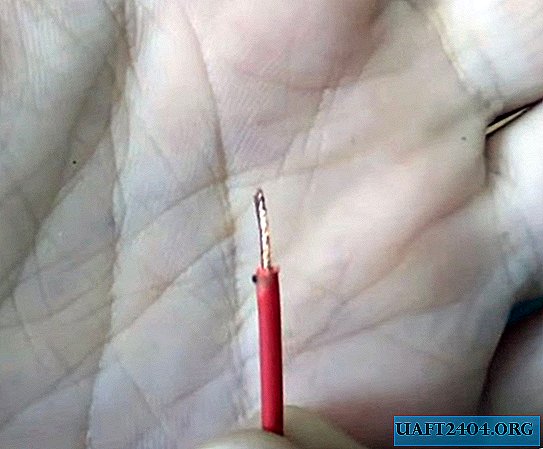

But there are also wires whose veins have a brilliant, beige color. And here they are practically not crowded. To manage to tear them, you need to very persistently shuffle them with a heated soldering iron. As a result, it is more likely that the main braid of the wire will melt, which in most cases happens.


Solder practically does not stick.

As for the Chinese connectors, such as "tulip" and others, then the same story. You cannot just take a connector and tin it. Before this, you need to grind the place of soldering with a file to remove the shiny coating. And only then can you solder the wire to this connector.
I think that many of you have experienced this problem. Of course, some expensive flux can surely solve this problem. And if one is not at hand? And if he is not even in the store? You will be helped out by a folk super remedy - citric acid.

Soldering wires requires only a few pellets. We pour it out, take a little solder with a soldering iron. We put the wire on these granules of citric acid and tin the wire with a soldering iron, as with rosin.


And everything is completely messy!

Same thing with the connector.


I was personally surprised by such a simple secret of soldering "difficult" connectors. Everything is soldered like clockwork, without a hitch.
Fluid flux
Liquid flux can also be made from citric acid. To do this, mix it with ordinary water in a 1: 1 ratio and pour it into any tube (for example, drops from a cold). And you will just have a flux that is always useful to you.
I will be very grateful if you share your secrets or homemade soldering compounds in the comments.
Watch a video on tinning
Share
Pin
Tweet
Send
Share
Send


